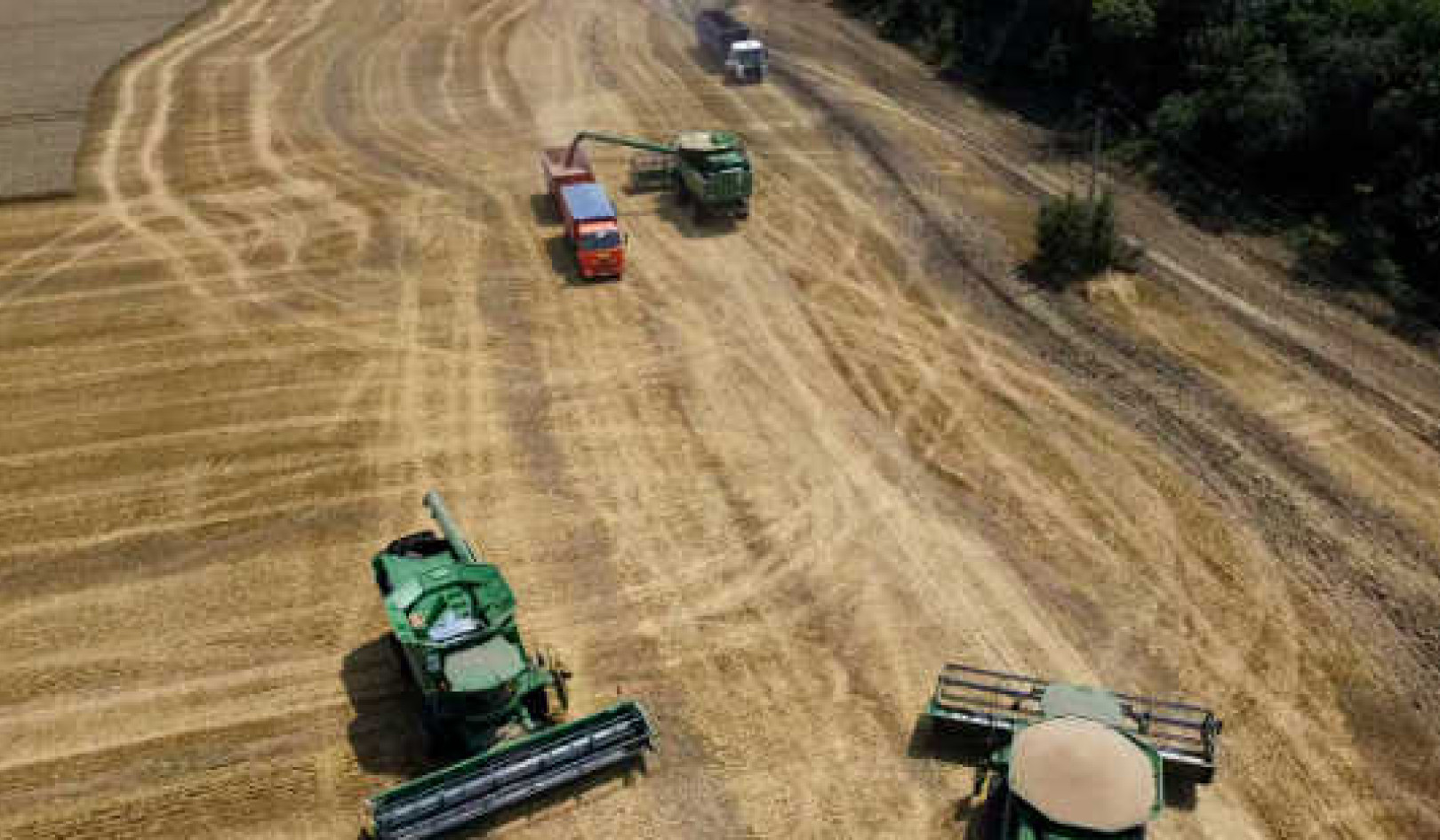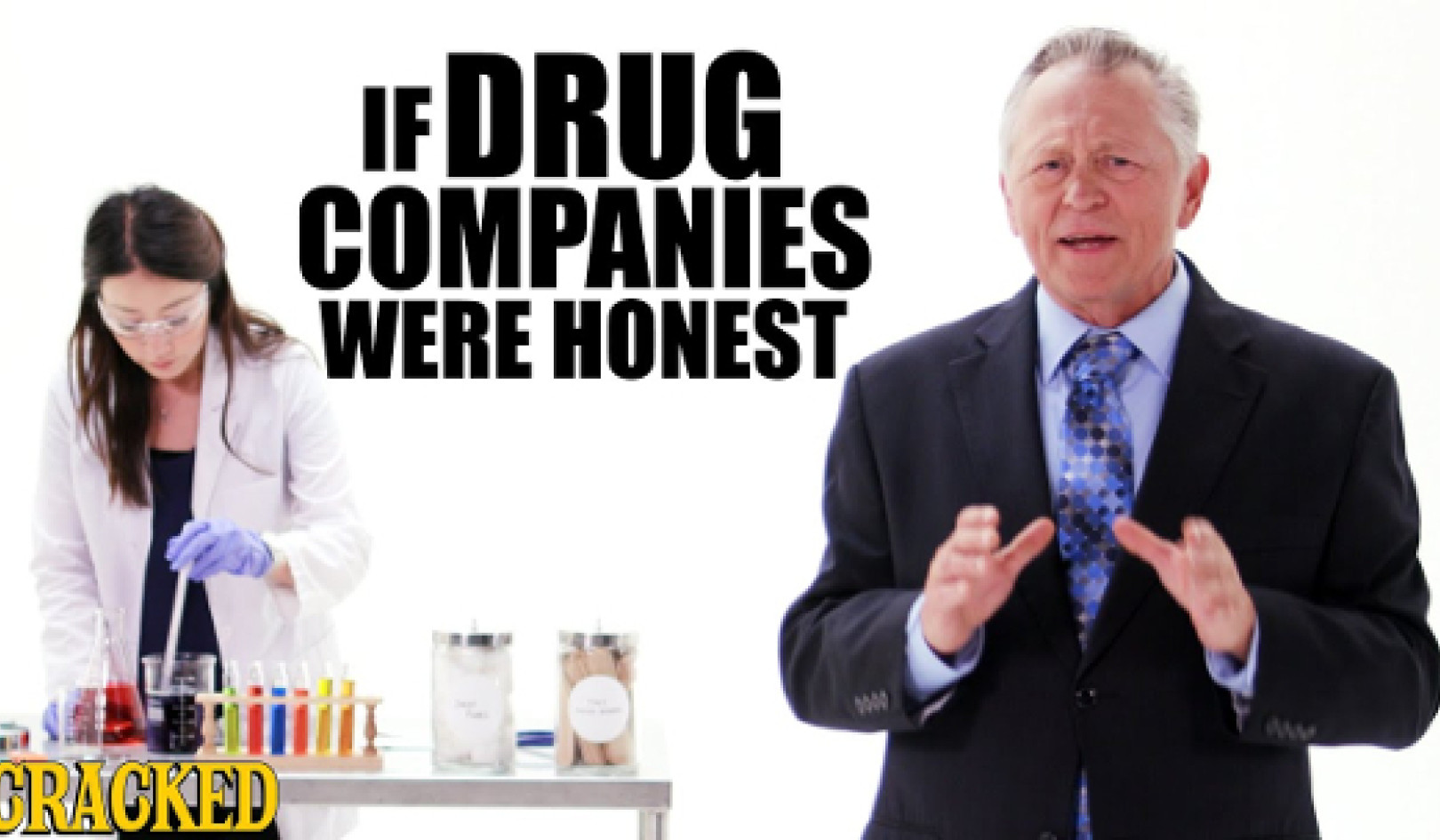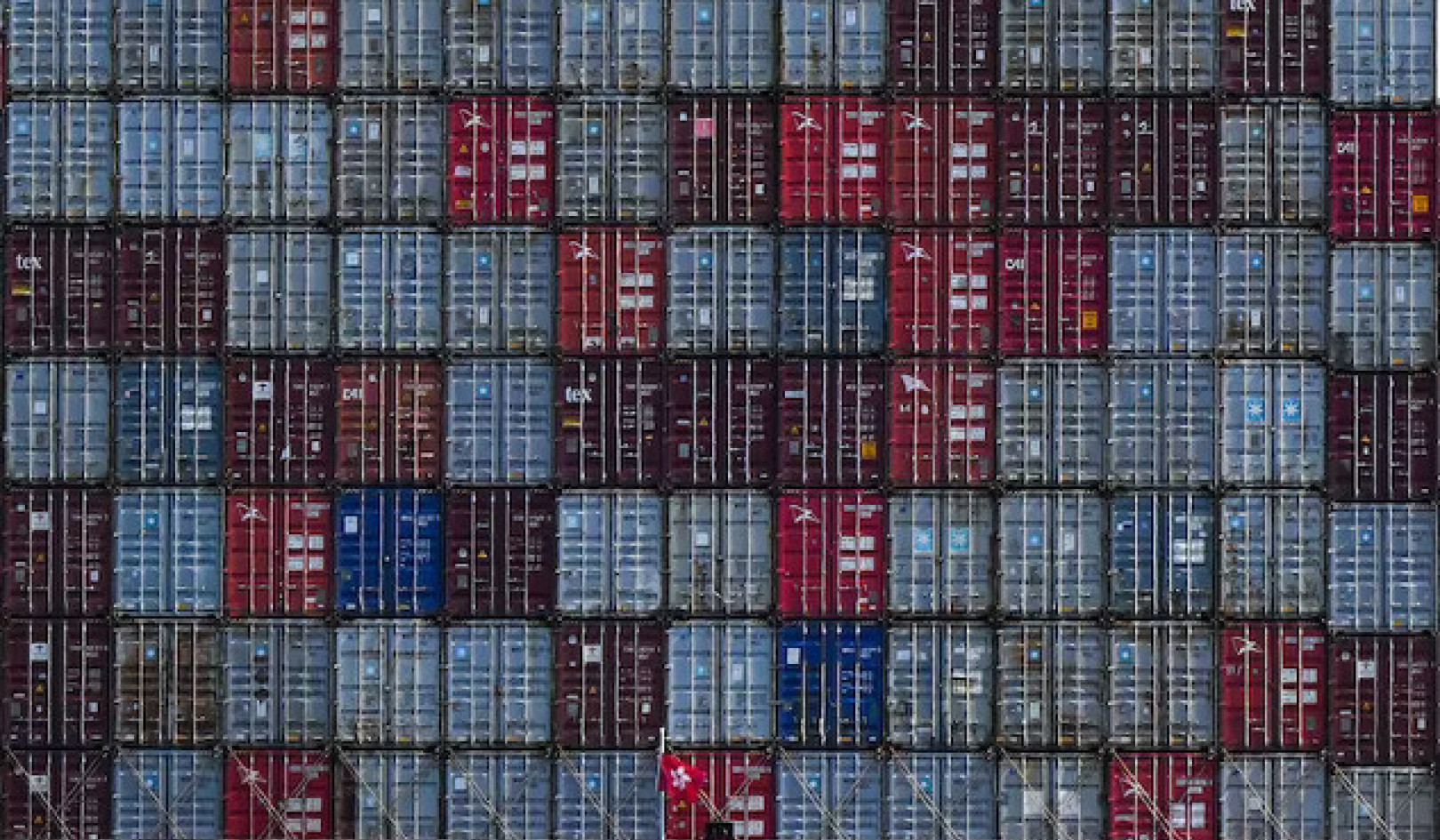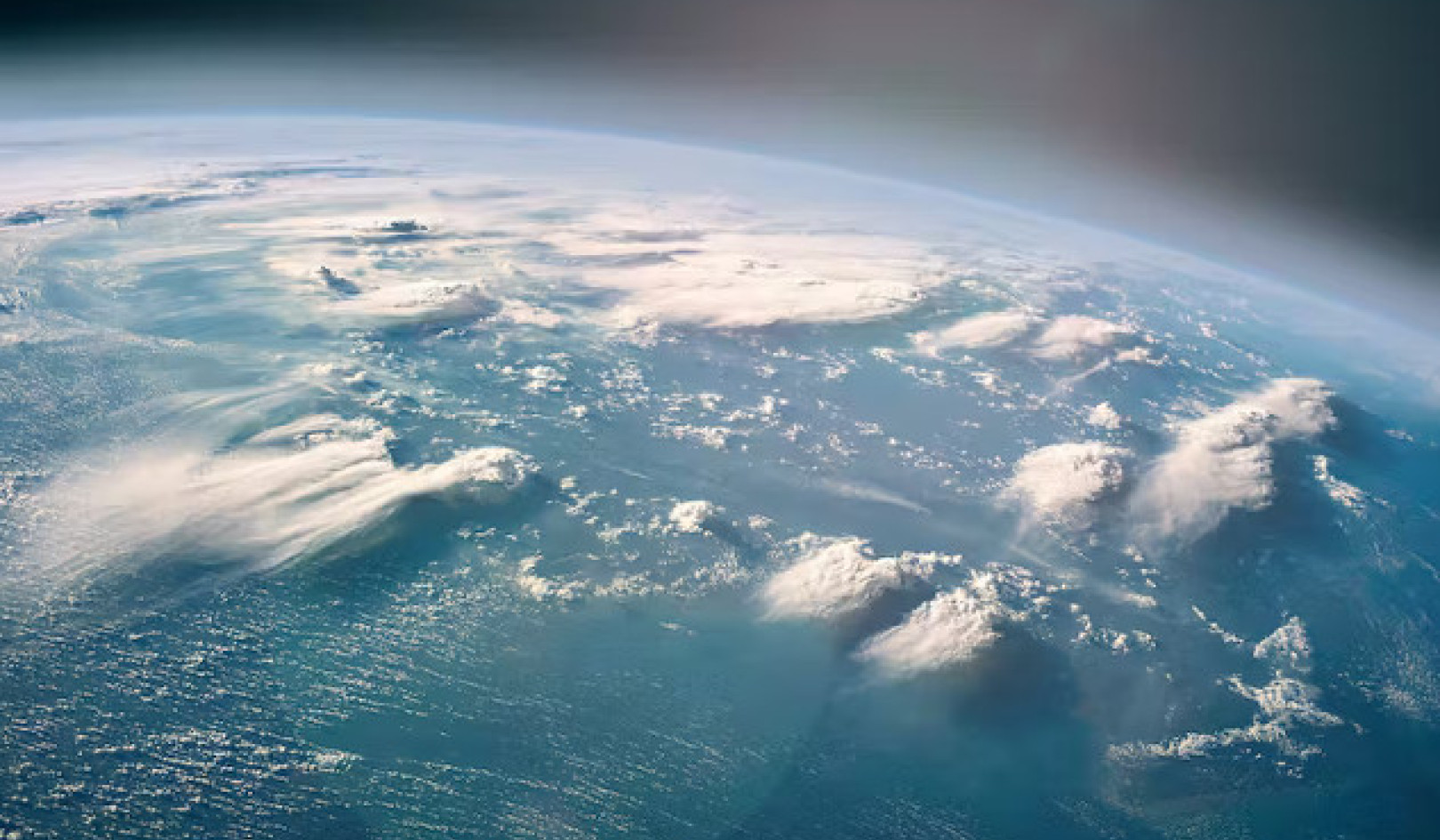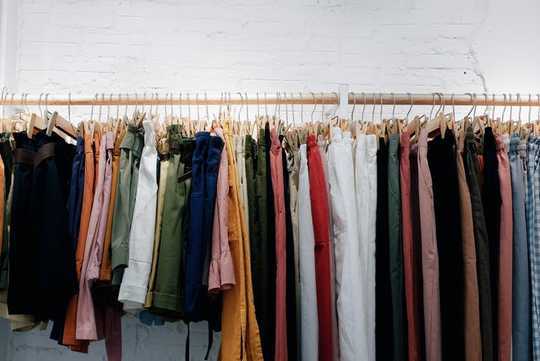
Duy Hoang/Unsplash, FAL
The fashion industry is one of the most polluting industries in the world, producing 20% of global wastewater and 10% of global carbon emissions – and it’s estimated that by 2050 this will have increased to 25%. A staggering 300,000 tonnes of clothes are sent to British landfills each year.
The fast fashion business model, first developed in the early 2000s is responsible for the increase in consumer demand for high quantities of low-quality clothing. Many fashion products now being designed and made specifically for short-term ownership and premature disposal. Clothing quality is decreasing along with costs, and the increased consumption levels of mass-manufactured fashion products are pushing up the consumption of natural resources.
The pressure to facilitate consumer hunger imposes significant social and environmental pressures on the manufacturing supply chain. The UK’s consumption levels of fashion are the highest in Europe, at 26.7kg per capita. This compares to a consumption rate of 16.7kg in Germany, 16kg in Denmark, 14.5kg in Italy, 14kg in the Netherlands and 12.6kg in Sweden.
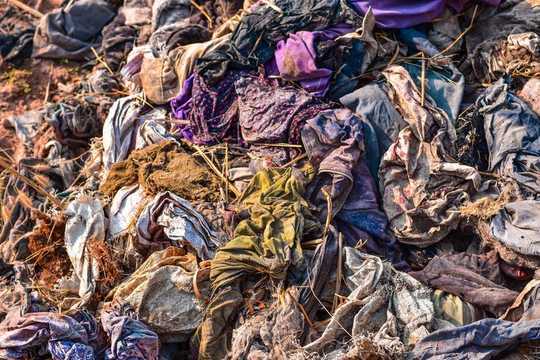
The road from shop to landfill is shrinking. Neenawat Khenyothaa/Shutterstock.com
The need for change is tentatively being acknowledged by fashion brands and manufacturers. Many different market sectors in fashion, from high street to high end, are increasingly taking action. But it’s very conservative. For example, high street retailer H&M are boycotting the use of Brazilian leather over concerns that the country’s cattle industry has contributed to the deforestation of the Amazon rainforest. Meanwhile, other brands, such as Adidas, Stella McCartney and Patagonia, are focusing their action on the use of waste products in the development of textile materials for new collections.
Of course, such policies can only be positive. But are fashion brands really doing enough to change? Recent UN reports state that we have 11 years to prevent irreversible damage from climate change. It’s doubtful that the small, incremental changes made by brands will do enough to significantly contribute towards the fight on climate change, so more pressure from consumers and campaign groups is needed.
Fashion brands are not the only ones who have the power to create change. Consumers also have leverage – and it’s key that they use it. As London Fashion Week opened earlier this month, large protests and demonstrations highlighting fashion’s contribution to climate change reinforced the impact that consumers can have on raising public awareness of environmental issues. Consumer-driven behaviour change can encourage brands to adapt their practices towards a more sustainable future for the fashion industry.
If real change is to happen, more people must begin to take a proactive approach and act in reflection of their moral values. Small lifestyle changes can create a big sustainable impact. So here are four things for you to consider before you buy any new clothes:
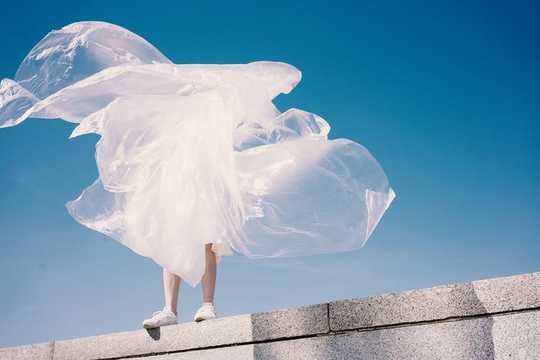
Think of each new item like a massive plastic bag. Karina Tess/Unsplash, FAL
1. Think before you buy
Before we just buy more new clothes and contribute to escalating pollution, we need to think about the alternative options. This might not only save us money, but is also certainly better for the environment. These options include using what we have, borrowing, swapping, thrifting and making. Buying new items should be seen as the final choice, once all other options have been considered. This approach goes very much against the principles of fast fashion, with slow and considered consumption being the priority.
2. Shop by your values
We need to think about where we shop, as each purchase effectively acts as a vote towards the practices of a brand. By doing a small amount of research into a company’s responsible values, we can begin to make informed decisions about our shopping behaviour. This will ensuring that your chosen store reflects your personal beliefs.
For example, if you want to know where your fashion comes from then you need to choose a brand that is transparent and open about their supply chain. Brands like Community Clothing, owned by Sewing Bee judge Patrick Grant, tell shoppers exactly where the raw materials were sourced from, where the yarn was produced and even where the final garment was made. Likewise, if you specifically want to take action against ocean plastic waste, then a brand like Ecoalf might be for you.
3. Buy a pre-loved item
The second-hand market is having a revival. Once seen as an edgy, individual and cost-effective method of shopping, it soon fell out of favour, to be replaced by cheap, mass-market product from fast-fashion retailers. But with Oxfam opening their charity superstore and Asda launching a pre-loved fashion pop up shop, buying second-hand clothing can give fashion products a new life and prevent the purchasing of new fashion garments.
4. Dispose responsibly
As well as considering where we buy our clothes, we too must consider the end-of-life options for our fashion items. It is estimated that £140m worth of clothing goes to landfill each year. Many of these items will be made from synthetic fibres, meaning they can take anywhere between 20-200 years to decompose. Again, people should explore a range of options available here, such as donating clothing to charity, recycling, reuse, repair and passing on items to friends and family. Why not hold a clothes swap at your house one weekend?
Responsible procurement, ownership and disposal are all vital considerations when exercising your power to create sustainable change for the future of the fashion industry. Today, shoppers have more influence and ability to create change than ever before, with social media platforms allowing easier voicing of complaints and concerns. Meanwhile, the emergence of a circular economy business model is again pushing consumers to take a more active role in creating change.
We can no longer sit back and wait for brands to take action. Individual drive and willingness to change everyday behaviour will be crucial in changing the future environmental impact of fashion.![]()
About the Author
Dr Alana James, Senior Lecturer in Fashion, Northumbria University, Newcastle
This article is republished from The Conversation under a Creative Commons license. Read the original article.
Books on The Environment from Amazon's Best Sellers list
"Silent Spring"
by Rachel Carson
This classic book is a landmark in the history of environmentalism, drawing attention to the harmful effects of pesticides and their impact on the natural world. Carson's work helped to inspire the modern environmental movement and remains relevant today, as we continue to grapple with the challenges of environmental health.
Click for more info or to order
"The Uninhabitable Earth: Life After Warming"
by David Wallace-Wells
In this book, David Wallace-Wells offers a stark warning about the devastating effects of climate change and the urgent need to address this global crisis. The book draws on scientific research and real-world examples to provide a sobering look at the future we face if we fail to take action.
Click for more info or to order
"The Hidden Life of Trees: What They Feel, How They Communicate?Discoveries from A Secret World"
by Peter Wohlleben
In this book, Peter Wohlleben explores the fascinating world of trees and their role in the ecosystem. The book draws on scientific research and Wohlleben's own experiences as a forester to offer insights into the complex ways that trees interact with one another and the natural world.
Click for more info or to order
"Our House Is on Fire: Scenes of a Family and a Planet in Crisis"
by Greta Thunberg, Svante Thunberg, and Malena Ernman
In this book, climate activist Greta Thunberg and her family offer a personal account of their journey to raise awareness about the urgent need to address climate change. The book provides a powerful and moving account of the challenges we face and the need for action.
Click for more info or to order
"The Sixth Extinction: An Unnatural History"
by Elizabeth Kolbert
In this book, Elizabeth Kolbert explores the ongoing mass extinction of species caused by human activity, drawing on scientific research and real-world examples to provide a sobering look at the impact of human activity on the natural world. The book offers a compelling call to action to protect the diversity of life on Earth.


















